HOA Statistics, Analysis, And Trends
POSTED ON May 16, 2025
Florida continues to lead the nation in community association living, with significant implications for homeowners’ rights, property values, and quality of life. This article from our Naples, FL HOA lawyer who has been rated as Superb by Super Lawyers examines current statistical data on homeowners’ associations (HOAs) and condominium associations in Florida, providing valuable insights for homeowners navigating these complex governance structures.
Florida’s Community Association Prevalence
Florida stands as one of the nation’s epicenters for community association living. According to the Foundation for Community Association Research, approximately 9,524,000 Floridians reside in 3,884,400 homes across more than 49,800 community associations. This represents one of the highest concentrations of association-governed communities in the United States, second only to California.
The scope of these associations is substantial, with Florida residents paying nearly $19.5 billion annually in assessments to maintain their communities — expenses that would otherwise fall to local government. These assessments fund essential services including common area maintenance, repair and replacement projects, utilities, security, and landscaping.
Growth Trends And Future Projections
The community association housing model has shown remarkable growth nationwide over recent decades. In 1970, there were only approximately 10,000 community associations in the United States. By 2024, that number had increased to an estimated 369,000, representing 28.8 million housing units and 77.1 million residents.
The Foundation for Community Association Research projects this growth trend will continue, estimating between 370,000-374,000 community associations nationwide by 2025. If current patterns persist, the community association model is expected to become the most common form of housing in the United States by 2040, which is why it is important to understand your rights and how audits might work here.
Economic Impact And Contributions
The economic footprint of Florida’s community associations extends beyond assessment collection. These associations yield significant economic contributions through various channels:
- Volunteer Leadership: Approximately 326,800 Floridians serve as volunteer leaders in their community associations annually, providing an estimated $386 million worth of service.
- Property Values: Homes in community associations are generally valued at least 4% more than homes outside such associations. The median home value in Florida is approximately $292,200.
- Reserve Funds: Nationally, community associations contribute an estimated $30.2 billion to reserve funds for repair, replacement, and enhancement of common property.
Assessment Costs And Financial Management
Monthly assessment costs vary considerably across Florida’s community associations. According to the 2024 Homeowner Satisfaction Survey conducted by the Foundation for Community Association Research:
- 8% of residents pay less than $25 monthly
- 16% pay between $25-50
- 18% pay between $51-100
- 26% pay between $101-300
- 12% pay between $301-500
- 9% pay more than $500
- 7% reported not paying dues
When assessments go unpaid, 54% of communities opt to pursue collections, insisting that every homeowner pay their share and involving attorneys only after sufficient notification for delinquent accounts.
Condominium Fee Trends
Analysis of condominium association fees reveals significant regional variations across Florida and nationwide. According to the Foundation for Community Association Research’s “Condominium Assessments Analysis,” Florida ranks fourth in the nation for highest average condominium assessment fees.
Specifically, in 2020 (the most recent year with complete state-level data), Florida had an average monthly condominium assessment of $489.80, placing it behind only New York ($767.40), Hawaii ($652.20), and the District of Columbia ($561.40). This positions Florida well above the national average for monthly assessment costs.
For comparison, the lowest condominium assessment average was found in Idaho at approximately $64 per month. This demonstrates the substantial regional variation in condominium costs across the country, with Florida residents paying significantly more than residents in many other states.
These higher assessment figures in Florida can be attributed to several factors, including the prevalence of high-end amenities in many Florida condominiums, higher insurance costs due to hurricane and flood risks, and the ongoing expenses associated with maintaining properties in Florida’s challenging climate conditions.
Resident Satisfaction And Concerns
The 2024 Homeowner Satisfaction Survey provides valuable insights into residents’ experiences with community associations:
- 86% of residents rate their overall community association experience as positive (60%) or neutral (26%).
- 82% believe members of their elected governing board strive to serve the best interests of the community.
- 63% say the rules in their community protect and enhance property values.
- 94% of community association residents report getting along with their immediate neighbors.
Regarding governance preferences, 66% of residents prefer either no change or less government control within their association. This suggests a general satisfaction with the self-governance model despite occasional challenges.
Technology And Communication
Community associations are increasingly adopting technology for governance and communication:
- 70% of respondents attend board meetings, indicating healthy community engagement
- 62% would attend even more frequently if remote options were consistently available
- 44% prefer to make assessment payments through electronic methods
Florida’s community associations represent a significant and growing segment of the state’s housing landscape. While these associations offer numerous benefits including enhanced property values and community amenities, they also present challenges in terms of governance, assessment management, and resident rights.
For homeowners facing conflicts with their associations, understanding the statistical landscape can provide valuable context. At Perez Mayoral, P.A., we remain committed to advocating for homeowners’ rights against HOAs and condominium associations, ensuring fair treatment and proper governance within these complex community structures while maintaining our 10.0 rating with Justia. Things are always changing, so we are here to help you with the latest proposed bills and how they will affect you within your HOA.
If your HOA or condo association is overstepping, underperforming, or harming your rights or property, Perez Mayoral, P.A. is here to help.
Your property. Your rights. Our fight.
